
views
- Nipple hair is generally safe to (carefully) remove by regularly trimming, tweezing, or shaving the hair at home, though these options are all temporary fixes.
- Alternatively, visit a salon if you want your nipple hair removed by waxing or sugaring (which is similar to waxing, but uses a sugar-based solution).
- Laser hair removal and electrolysis are both effective and permanent ways to remove nipple hair, though they’re also the most expensive options.
How to Remove Nipple Hair

Trimming Trimming is the least-invasive way to remove nipple hair—just be careful not to cut your breasts. Simply grab a pair of small scissors (manicure scissors work well for this, for example) and cut the hair close to the skin. Be sure to hold each hair with your fingers or a pair of tweezers as you go so it’s easier to cut. The nipple hair will keep growing, so you’ll likely need to trim it frequently if you want to keep it away.
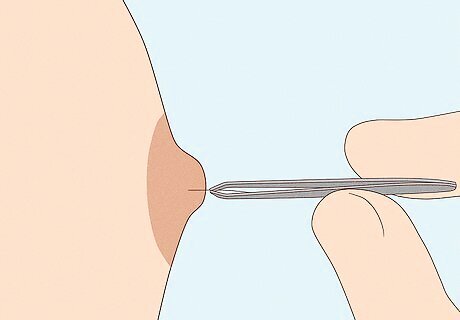
Tweezing Tweezing is a super simple and common way to remove body hair, though keep in mind that it might be uncomfortable since the skin around your nipples is sensitive. Pluck each individual hair using a pair of tweezers, and continue to do so if new hairs grow in. To reduce any discomfort, try tweezing right after a shower; the warm water helps open up the pores in your skin, making it easier to pluck hairs with less pain. Sometimes, tweezing can lead to an ingrown hair or hair follicle infection as the plucked hair starts growing back. Watch out for signs of infection, including redness, tenderness, and pus, and treat the infection if one sets in. Treat a hair follicle infection by applying a warm, moist washcloth to the area to relieve pain. Then, dab a non-prescription antibiotic gel over the infection. If your skin is itchy, use a gentle lotion or hydrocortisone cream to soothe the area. Finally, wash the infected spot twice per day with an antibacterial cleanser until it heals.
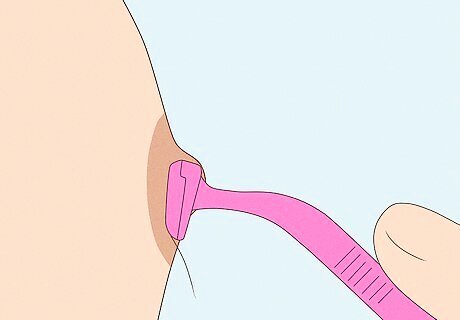
Shaving Shaving is a quick fix but not as popular as tweezing because a shaving razor can easily leave a small cut on your breast or nipple by accident—and, as with tweezing, shaving increases your risk of developing ingrown hairs or a hair follicle infection. Be sure to protect the delicate area around your nipples by carefully holding your skin so it’s taut, smooth, and less likely to get cuts. Then, gently shave the hair away. Steer clear of shaving cream. Your nipples are very sensitive, and the chemicals in shaving cream may end up irritating them as a result. Rather, stick to regular body wash or soap if you shave while in the shower.
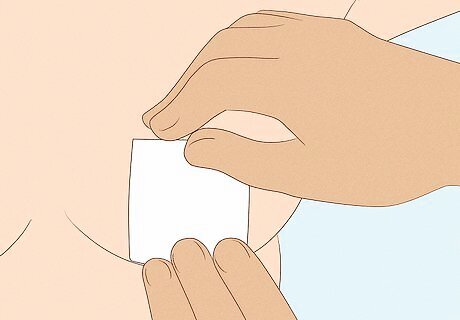
Waxing To do this, it’s recommended that you go to a salon or waxing boutique rather than trying to wax your own nipple hairs. Waxing is effective but uncomfortable on the sensitive skin around your nipples, which is why it’s typically best for a professional aesthetician to figure out what kind of treatment your skin needs. Sugaring is also a possibility. It involves applying a sticky syrup that’s usually a mixture of sugar, lemon, and water (or similar ingredients) and using it to pull out hair, very similar to waxing. Many salons that offer waxing also do sugaring! Keep in mind that there’s also a possibility of a hair follicle infection or ingrown hair after waxing, so it’s important to watch out for them (and treat them, as outlined above) once you get waxed.
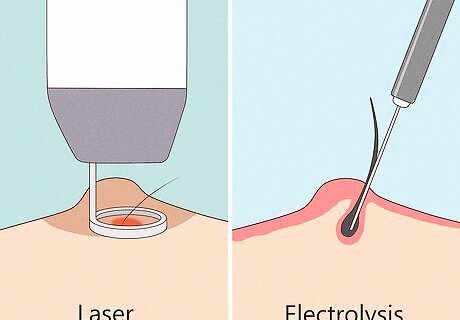
Laser treatment or electrolysis Both laser treatment and electrolysis can not only remove hair, but permanently stop its growth. However, they’re both among the more expensive ways to get rid of nipple hair. A single session with a plastic surgeon or cosmetic dermatologist for either of these treatments can cost over $300, which is why it’s an effective option if you can afford it, but not the most popular way to remove hair. Laser hair removal involves using pulses of laser light to remove hair follicles, which in turn slows the hair’s regrowth. Electrolysis involves inserting a thin wire into the hair follicle under your skin, then running an electric current down the wire, destroying the root of the hair. Like waxing, both laser removal and electrolysis can be uncomfortable, especially because the skin around your nipples is so sensitive.
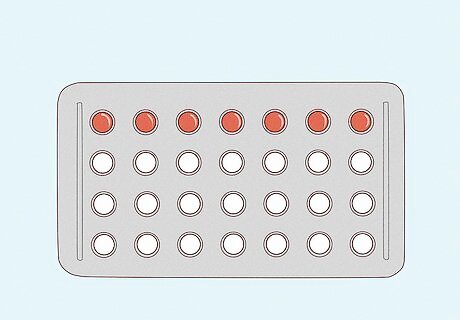
Hormone treatment This treatment mainly works when your nipple hair is being caused by a hormonal imbalance—which is fairly common, especially during puberty, menstruation, pregnancy, or as you age. Your doctor may recommend a medication to regulate and keep your hormones balanced, like birth control pills containing estrogen and progestin hormones. Depending on your individual needs, however, your doctor may prescribe something else. If you do have a hormonal imbalance, you may notice other symptoms in addition to the hair growth, including: Acne on your face or chest Fatigue Unexplained weight gain or loss Tingling in your hands Constipation Loss of interest in sex Heavy or irregular periods (if you have a menstrual cycle) Most people experience at least 1 or 2 hormonal imbalances in their lifetime, so don’t be alarmed if it happens to you. Talk to your doctor about medication if you detect any additional symptoms and suspect that your nipple hair is being caused by a hormonal imbalance. They’ll be able to figure out what’s going on and what kind of medication might work best.
Is it safe to remove nipple hair?
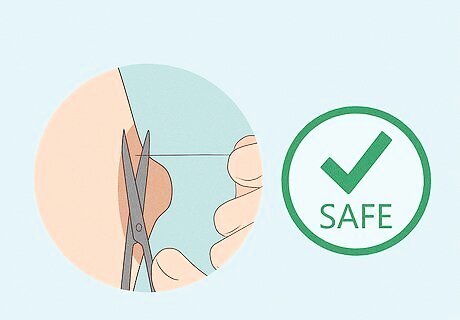
Yes, it’s generally safe to remove nipple hair just like other body hair. Removing nipple hair can be an uncomfortable experience, especially since it tends to involve ripping out hair by its follicles to slow regrowth, but ultimately it’s not harmful and is a fairly common practice. Trimming and shaving don’t hurt at all (when done correctly), though they also need to be done more often since trimmed or shaved hair grows back faster. Overall, it’s safe to remove your nipple hair so long as you’re gentle and careful since the area is especially sensitive. However, steer clear of bleaching and hair removal creams. While those products are popular to use on legs and bikini lines, they can irritate your nipples. Keep in mind that it’s also perfectly okay not to remove the hair! Body hair is a natural thing and doesn’t need to be removed unless that’s something you choose to do.
Causes of Nipple Hair
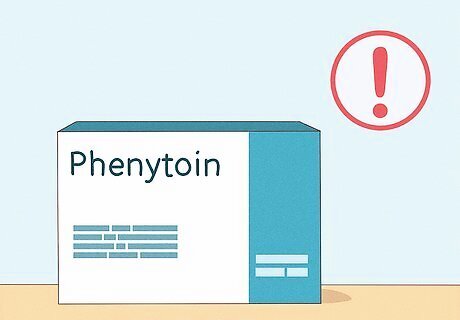
Medications Certain medications have been linked to hirsutism, a condition that causes excess hair to grow on parts of your body. Therefore, if you’re taking a medication, that may actually be the causing nipple hair growth. However, don’t stop taking your medication all of a sudden, even if that’s the case. If you’re concerned, speak to your doctor—or use one of the hair removal techniques above! Medications linked to hirsutism include: Hair growth treatments like minoxidil Corticosteroids and anabolic steroids Interferon Selective estrogen receptor modulators (SERMs), including tamoxifen Seizure medicines like phenytoin (which is in Phenytek and Dilantin) Immunosuppressants like cyclosporine (which is in medicines like Gengraf, Neoral, and Sandimmune)
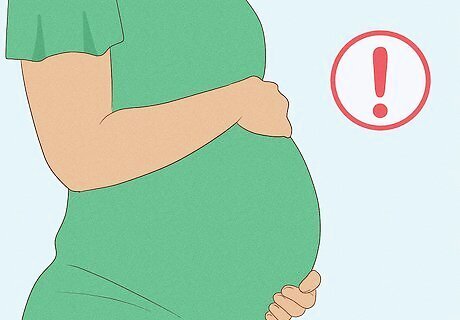
Hormones Significant hormonal changes and fluctuations in your body can affect hair growth, including hair growth around your nipples. Big hormonal changes include things like puberty, pregnancy, and menopause—though many women also experience subtle hormonal changes in their 20s and 30s. Alternatively, if your body overproduces male hormones (like testosterone), that may also be a source of unexpected nipple hair growth. If you’re concerned that your hormones may be out of balance, talk to your doctor. They can test your hormone levels with a simple blood test and figure out if that’s the cause of your body's hair growth.
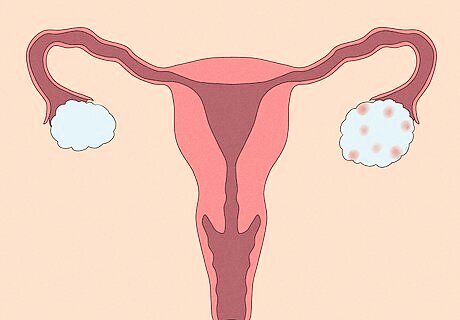
Polycystic ovary syndrome (PCOS) Polycystic ovary syndrome is a condition caused by an imbalance of reproductive hormones. Roughly 1 in 10 women of childbearing age have this condition, and its side effects include infertility, irregular menstrual periods, ovarian cysts, and excess hair in areas where it’s more common for hair to develop in males (including the area around the nipples). If you suspect you may have PCOS, the best thing to do is visit a doctor or gynecologist to confirm this. Don’t panic: it’s very common, and while there’s no cure, it can be treated by your doctor.
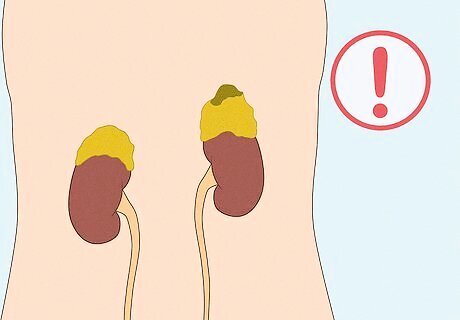
Cushing’s syndrome Cushing’s syndrome is caused by excessive cortisol levels (a type of glucocorticosteroid hormone) for a long time. Cortisol is called the “stress hormone” because it helps your body respond to stress—and if you overuse steroid drugs that trigger cortisol production or your body overproduces it, it’s possible to develop Cushing’s syndrome, which has several similar symptoms to PCOS (including hair growth). Common symptoms of Cushing’s syndrome include weight gain in the face and body (with thin arms and legs), a fatty lump between the shoulders, pink or purple stretch marks, and thin, frail skin that bruises easily. Like PCOS, Cushing’s syndrome is very common and treatable by a medical professional. If you suspect that you may have it, talk to your doctor so they can confirm and, if necessary, put together a treatment plan.
When should you see a doctor about nipple hair?
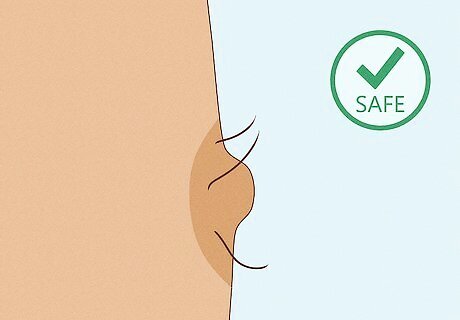
Nipple hair isn’t harmful and typically doesn’t require a doctor's visit. On its own, nipple hair isn’t a cause for concern. A doctor’s visit is only warranted if other symptoms develop (for example, if you suspect you might be experiencing symptoms of PCOS or Cushing’s syndrome) or start experiencing unusual hair growth in other areas of your body as well. Otherwise, a few hairs around your nipples are rarely anything to be worried about. If you’re positive that you want to remove the nipple hair, consider asking your doctor for safe hair removal tips to reduce the risk of infection or ingrown hairs. Your doctor may also be able to pinpoint the cause of your hair growth if you’re curious or concerned that it may be part of an underlying problem.












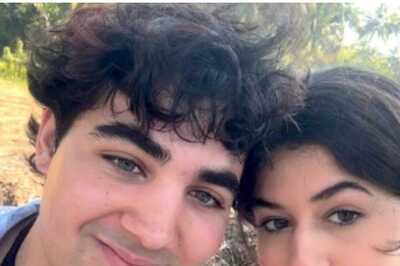


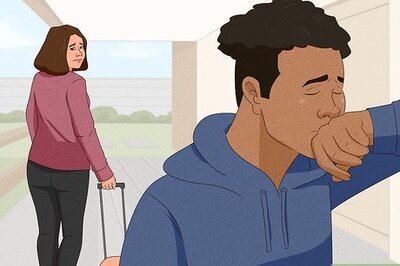


Comments
0 comment